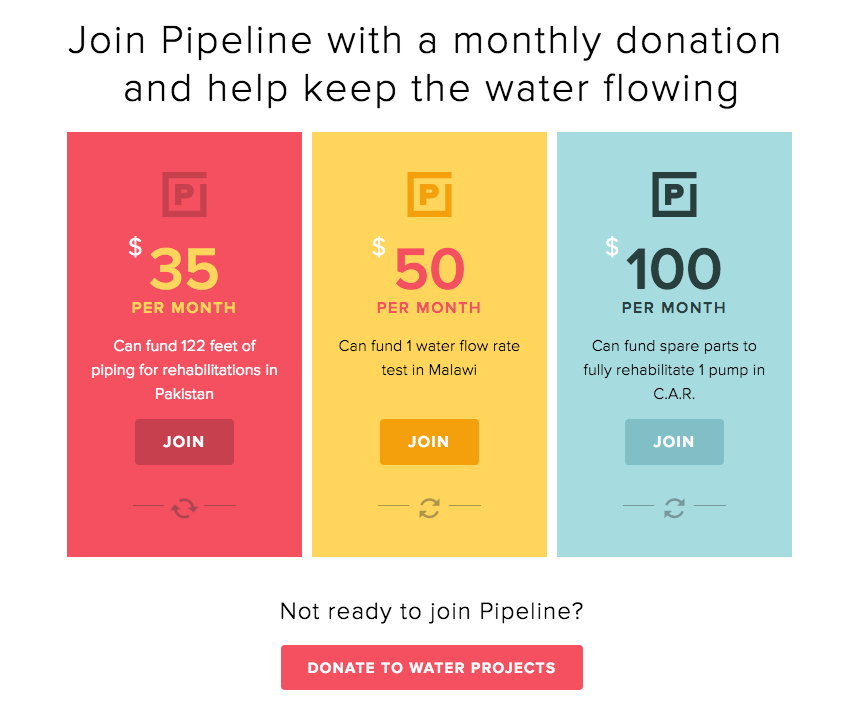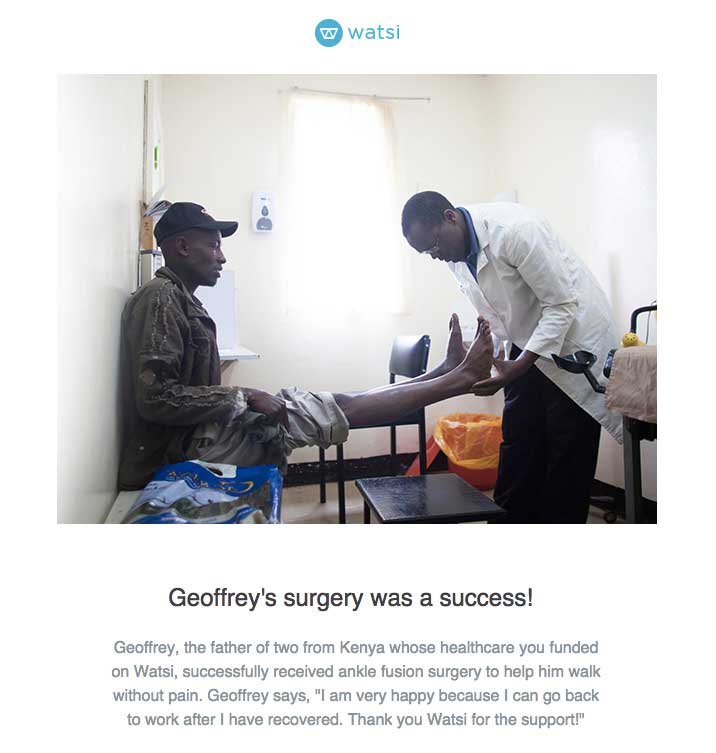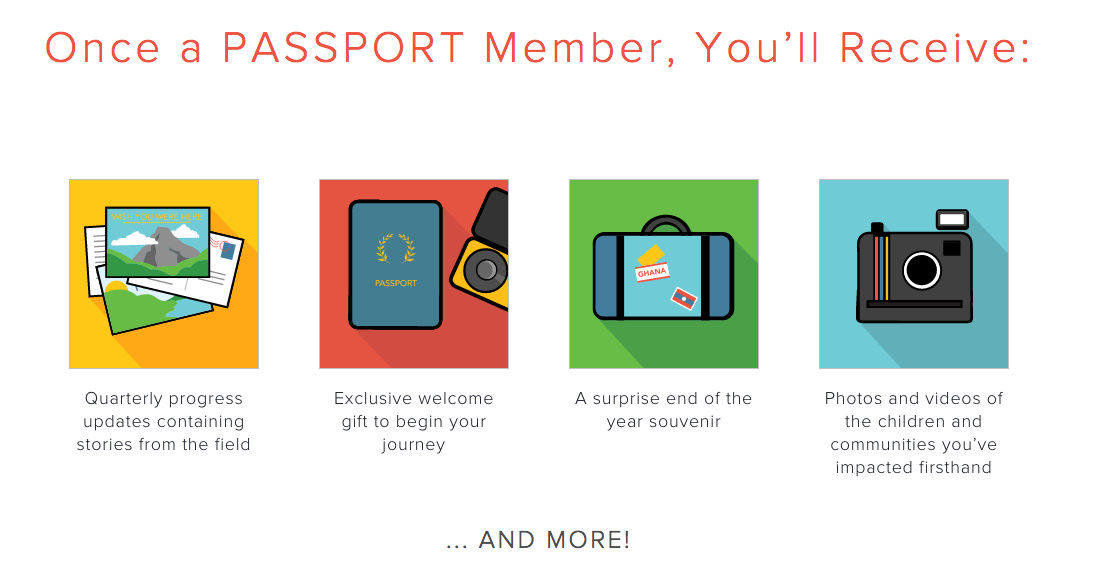Donors’ Brains Want Them to Give – Here’s How to Convince Them

Brady is a charity strategist, marketer, professor and writer. He is currently the Principal at Shift – an agency helping companies and causes raise money with creative, fundraising and strategic services. You can read his writing at recharity.ca and follow him on Twitter @bradyjosephson.
When I was in business school, it was drilled into me that “cash is king” and the role of businesses are to “maximize shareholder wealth.’’ But when I studied nonprofit management in grad school, those maxims didn’t really exist. As my career has evolved I’ve created two of my own:
1. Trust is king.
2. Maximize supporter happiness.
In building trust and making supporters happy, you’ll build donor loyalty. And donor loyalty should be the main thing you care about when it comes to fundraising. You can measure donor loyalty by how much donors give to your organization over time, or their donor lifetime value.
The best way to increase donor lifetime value is to focus on retention.
There are really two ways to increase donor loyalty: be dependable (build trust) or be delightful (maximize happiness). Most fundraising ideas, strategies, and literature out there are focused on how to be dependable.
Take Dr. Adrian Sargeant’s 7 Drivers of Donor Commitment, for example, which are almost all focused on dependability:
- Donor perceives your organization to be effective in achieving its mission.
- Donor knows what to expect from your organization with each interaction.
- Donor receives a timely thank you.
- Donor receives opportunities to make his or her views known.
- Donor is given the feeling that he or she is part of an important cause.
- Donor feels his or her involvement is appreciated.
- Donor receives information showing who is being helped.
Being dependable isn’t a differentiator anymore, or at least it shouldn’t be. It’s something all donors should expect of the organizations they support. The first step toward donor retention is to ace these seven drivers. Once donors know they can depend on you, they will be more open to being delighted by your organization.
Giving Is Delightful
The act of giving is delightful. When we give, we experience pleasure. Literally. One study on the psychology of giving took brain scans of people as they were presented with the decision to give to a long list of charities. The results, which were reported on by The Wall Street Journal, “revealed that when people made the decision to donate to what they felt was a worthy organization, parts of the midbrain lit up—the same region that controls cravings for food and sex.”
But that is a reward donors can get by giving to any cause, so your focus should be on how to make the experience of giving more delightful when they give to your cause.
3 Ways to Stand Out and Delight Donors
1. Be Specific
One of the biggest reasons people don’t give is a sense of futility. When they don’t know how their donation will make a difference, they are less likely to give. This is where it pays to make a donor’s gift feel tangible.
According to several science of giving studies,
- People are more likely to give when a cause is framed in a way that is specific to its location and use of funds.
- People are more likely to give when overhead is covered than when matching funds, seed funds or no incentive is present.
By making the appeal specific, the donor feels that their contribution makes a bigger difference, which is a more pleasurable experience for the donor.
This is why charity: water’s Pipeline has a very specific focus with suggested donation amounts:

Be specific in how you frame your cause and how supporters can help.
2. Tell Individual Stories
This is something called the identifiable victim effect in which people will give more aid in support of a specific individual than to a general cause. They also tend to give more when their proportional impact is higher. For example:
People are more likely to give when they have an age, image, and name of an individual as opposed to a nondescript person.
People would rather help 10 out of 100 instead of 1,000 out of 1 million.
The difference with personal stories is that they have a much deeper emotional component. They can create a sense of empathy. And when we can connect our actions in support of relieving someone else’s pain, it further increases our sense of satisfaction.
This is why Watsi tells one story of someone every month to their Universal Fund supporters:

Don’t focus on stats and high level reporting without telling individual stories to your real donors in personal ways.
3. Use the Element of Surprise
This is one of the newer—and more fun—strategies. I’ve seen it more with bigger brands, like MasterCard and Bud Light, or tech companies who offer random Facebook commenters a free T-shirt. My personal favorite (perhaps because I’m Canadian), is this Bud Light commercial for a men’s hockey game (I cried, just a heads up there).
When rewards are unexpected or variable in nature they can actually mean more or be more memorable.
Think of Christmas: Compare the joy of opening a cool present that you weren’t expecting, with opening a present that your older brother obnoxiously told you about beforehand (thanks Ben). It’s the same present but a totally different expectation.
This is why Pencils of Promise’s Passport program promises a “surprise” gift every year but doesn’t say what it is:

Think of things you are already doing—special events, thank you calls, donor notes. How can you maintain these activities but add an element of secrecy or surprise?
So…
Trust is king. First, make sure your cause is dependable. Then, maximize happiness by being specific, telling individual stories, and using the element of surprise.
By incorporating these “delight” strategies into your fundraising, you’ll improve your donors’ giving experience and help you retain more donors (and make them happier)! Good luck!




